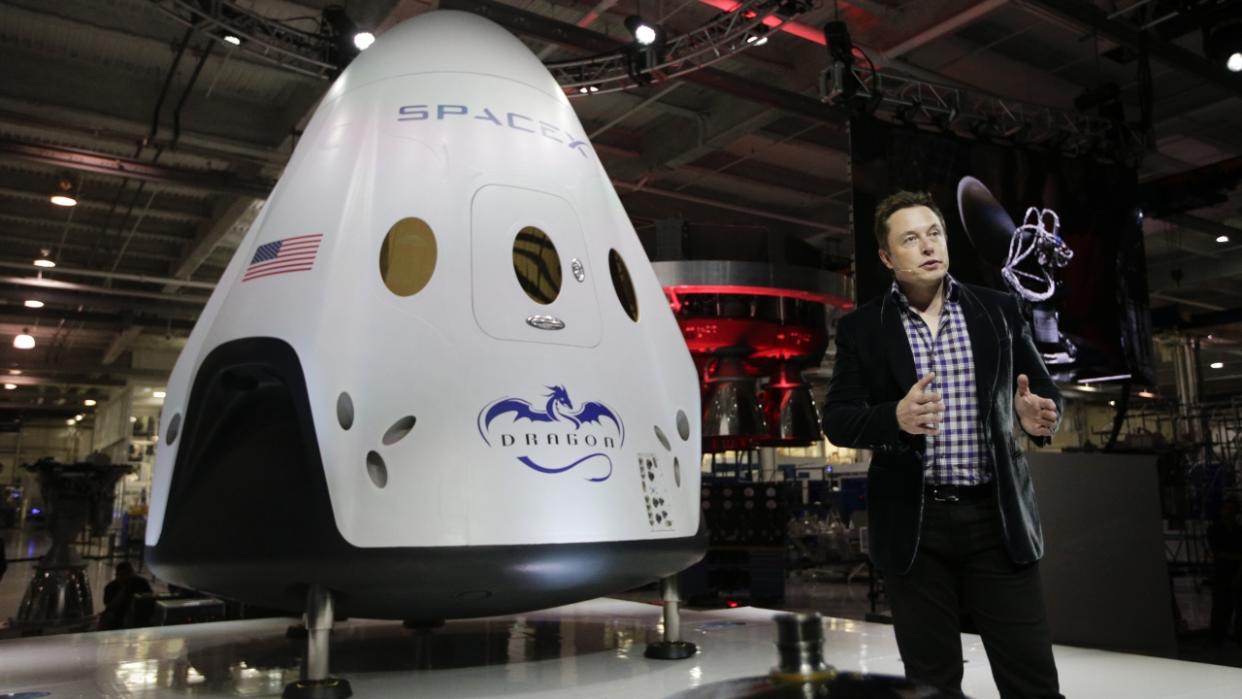'Super Bowl for space nerds' looks to the future of exploration
To see the future of space, sometimes you have to go to Colorado Springs.
For a few days every year, everyone who is anyone in the world of space exploration is at what some attendees affectionately call the Super Bowl for space nerds.
“We have it all. There is government, there is industry, there is military, there is research, there are investors, there are all of that that you will find here,” says Rich Cooper, vice president for strategic communications and outreach at the Colorado Springs-based Space Foundation.
The Space Symposium, hosted by the non-profit Space Foundation, is where the business of space exploration happens. Today it's an industry worth more than a half-trillion dollars.
“We have more companies coming here, and they will do more business in one week and create more deals, than they may for the rest of the year,” Cooper says.
Dozens of companies are pitching their hardware to get to space and back. Sierra Space is building the reusable Dream Chaser for missions to the International Space Station.
“We designed the Dream Chaser plane to be used as a crewed system, and used as a cargo so everything you see hardware on the table, everything that we're developing and leveraging is for one benefit, benefit life on Earth,” says Shawn Buckley, senior director of engineering at Sierra Space.
Instead of a Toyota Land Rover, this year the company displayed a Toyota LUNAR rover, a six-wheeled transport that drives on the Moon, designed with Japan's space agency JAXA.
From Earth science, to space suits, to high-tech parachutes — development for space exploration is booming. There were a record 223 launches last year and the most people in space at one time: 20.

First Private Space Crew Flying to Space Station (VIDEO)
This year at Space Symposium there was an emphasis sustainability, as companies look for technology that can be recycled to make space exploration cheaper.
“The one and done types of missions and satellites — obviously there's a lot of cost to something like that. But we're looking at approaches on how you can maintain and refuel a satellite on orbit,” Cooper says.
Former astronaut Franklin Chang Diaz went to space seven times. He's now developing an electric rocket and looks forward to the days when humans go to back to the moon and onto mars.
“We don't want to stop at Mars, we want to go to the moons of Jupiter, and the moons of Saturn, and eventually having access to the entire solar system,” Chang-Diaz says.
As humans look to the future, space companies say space exploration is already helping advance medicine, technology and communications. it's part of what Dan Ceperley calls a "second space race".
“This time it's commercial. The first it was all like national prestige. It was exploration. It was going to the moon,” says Ceperley, whose company LeoLabs tracks satellites and space junk in orbit. “Right now, it's actually economic. It is plugging space into our day to day lives here on the surface of the Earth.”
